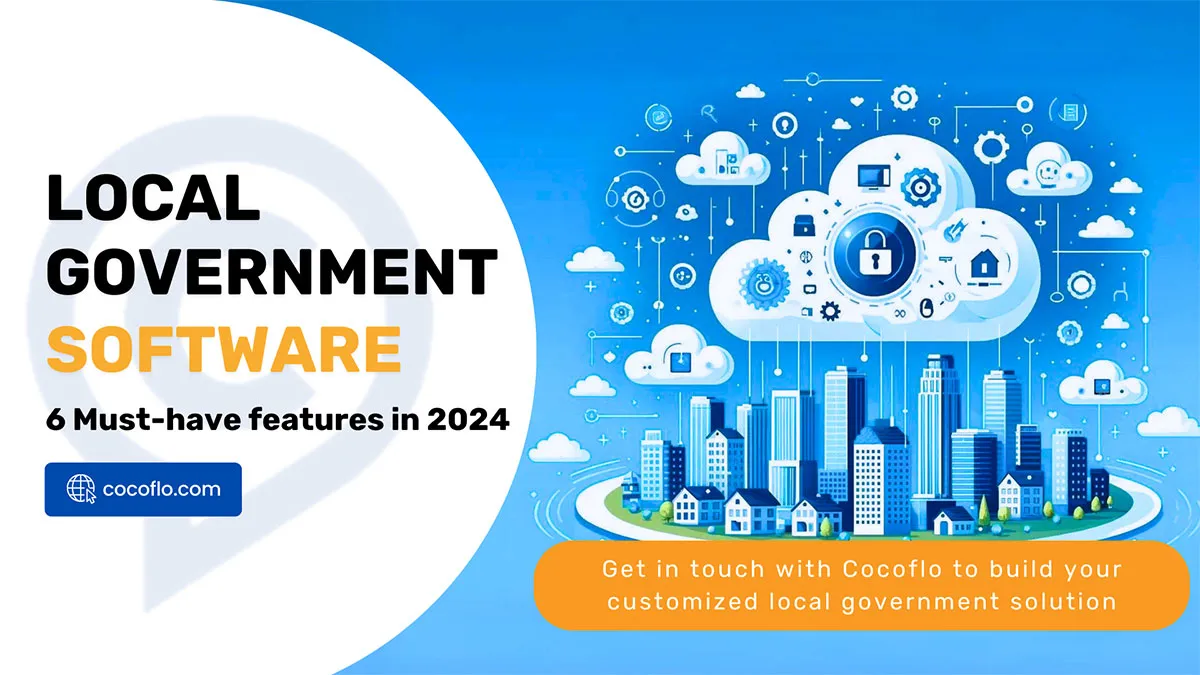
Smart cities, smarter communities: using IoT technologies to make lives better
The Internet of Things (IoT) refers to a network of physical devices connected to the internet that can collect and exchange data. It is so prominent within our daily lives that it’s hard to believe that things haven’t always been connected like this. The world has embraced this era of technological advancement, including key players within the public sector. By harnessing the power of cutting-edge technology, cities around the world are using efficient, sustainable, and responsive services powered by IoT. Whether it's on a small or large scale, smart cities are using IoT to ignite a brighter future while making life easier, more fulfilling, and enjoyable for citizens.
How are smart cities using IoT technology in 2023?
Intelligent Transportation Systems
Smart cities are using IoT to transform their transportation systems into intelligent networks that can dynamically respond to changing traffic patterns and reduce congestion. IoT-powered traffic management systems collect real-time data from sensors and cameras, which is then analyzed to optimize traffic flow, reduce congestion, and improve safety. Intelligent transportation systems have already been adopted by cities in California, Arizona and Texas, enabling stakeholders to better understand and manage the flow of people and goods, making transportation more efficient and sustainable. A pilot project to install IoT tech at multiple intersections and roundabouts in Vancouver has also been recently announced. All with a goal to make lives better for citizens by improving road coordination, safety and environmental sustainability.
Smart Lighting
IoT is being used in smart cities to create smarter, more energy-efficient lighting systems. This technology uses sensors and other IoT devices to monitor and control lighting levels and reduce energy consumption. Think smart streetlights that are equipped with sensors that detect the presence of people, cars, and other objects. Based on this information, the lights can adjust their brightness and shine more light on areas where there are more people or potential hazards. These types of smart lights also often have the capability to turn themselves off when nobody is around, so they are also an excellent tool to help governments reduce their operational costs while improving safety and visibility within the community. Smart lighting can also be integrated with other smart city systems, such as cameras and alarms, to provide a more comprehensive approach to safety. For example, if a camera detects suspicious activity, it can trigger a nearby street light to flash, alerting nearby citizens and deterring a potential threat.
Environmental Monitoring
IoT technology gives smart cities the power to better monitor and manage environmental concerns. With IoT sensors placed all around the community, real-time data is collected to give cities a pulse on important issues such as air and water quality, waste management, and weather patterns. These devices that are deployed throughout the city can gather real-time data, which can then be analyzed to identify trends and inform decision-making processes. This helps cities reduce their environmental impact, enhance public health, and promote sustainability.
To take it one step further, this data from IoT sensors across the community can then be paired with apps that act as emergency notification and management tools. These tools can be critical in keeping citizens safe in the event of a natural disaster, such as a flood or forest fire. This type of IoT app integration enables cities to reduce precious time from emergency to alerting to evacuation, gives citizens easy access to updates, allowing them to move quickly in case of an emergency, and increases preparedness by providing links to resources, contacts and services within the affected area.
IoT technologies are paving the way for a smarter, more connected world. Cities are able to make life easier, greener, and more enjoyable for their citizens by being open to innovation, optimizing resources, and embracing the Internet of Things. As we look towards the future, we can be inspired by the limitless possibilities of IoT, and the positive impact it will have on our smart cities and the lives of those within them.



